Thanks to teacher Ashleigh Rose for sharing her classroom library refresh with us! Keep reading to see WHY she decided her classroom library organization wasn’t working, and then read the rest of the posts in this series to learn what changes she made and how you can make similar changes in your classroom.
“Ms. Rose, you don’t have any good books.”
Despite the whirlwind that was my first year teaching sixth grade at my current middle school, it was these eight words—more than any other—from any given student that irked me to my core.
Thus would commence a sophisticated back and forth argument in which I showcased my robust vocabulary and excellent command of argumentation skill:
Me: “Yes, I do.”
Kid: “Nuh, uh.”
Me: “Yes, huh!”
Kid: “Nuh, uh…”
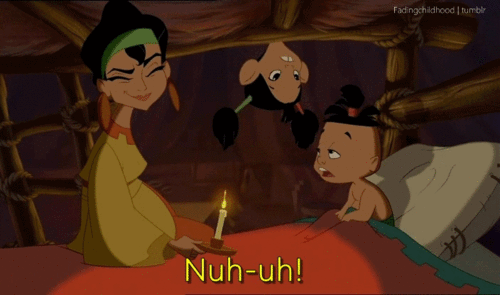
(Figure 1: Me and students debating the merits of my old classroom library.)
The reason that I found these words the most rage-inducing was that I was well aware that there were plenty of things I was not getting right in my first year at my school. However, I was confident that the books I was putting into my classroom library was not one of those wrong things. I was buying, Donors Choosing, and coaxing my assistant principal into purchasing books that I knew were pure gold that my students needed and loved.
After these exchanges, I would walk over to my library to prove them wrong. But time and time again, I couldn’t even quickly access the books I was looking for. Even when kids knew a title they wanted, which R or S or T bin did it even live in? Had one of my 92 students moved the books into a different bin? Or maybe it was actually a U book…
And here is my moment of vulnerability.
I’m saying it out loud: I used to organize my classroom library book bins with Fountas and Pinnell level labels.
My kids couldn’t find the amazing books in my classroom library, because they were scattered and shoved into Fountas and Pinnell-leveled bins. That is what the teacher before me had done. That is what all teachers just did, right?
I quickly realized that what my students meant when they hurled those most-jarring words at me, was that they couldn’t locate appealing books that were in my library. They didn’t know—physically—where to start. I love my kids and I will tell you that impressively and intuitively, they did NOT spend any time entertaining the notions of restricting themselves to leveled bins. Because they were smarter than me, they rightfully felt that they had full reign over and access to all of the classroom library.
So instead, when it came time to book shop for a new independent reading book, they stared at the classroom library—shelves and shelves of bins and bins of books with seemingly random letters on the front of each bin. They had no idea where to go. They would pick a random bin, look at some covers, read some backs, toss books back into a different bin, and eventually after three to five bins, they would throw their hands up with exhausted rage and march to me:
But when they grumbled, “Ms. Rose, you don’t have any good books.”
What they MEANT was:
“Ms. Rose, your obtuse way of organizing these books by levels is preventing me from locating an enjoyable text and developing the habit and agency of self-selecting reading materials which will ultimately support me in developing a reading identity that will last me through the remainder of my school and adult life.”
Even before Fountas and Pinnell got so horrified at how us teachers were using their levels in our classrooms and reminded us to use their levels only as teacher tools, rather than student levels, I realized that organizing my library by levels had to go.
I needed a new system.
So I found one. And I found it WITH my students. And I’m proud of what we created. It turned a chaotic classroom library into OUR classroom library.
If you too have ever felt frustrated that your amazing books are somehow not making their way into kids hands, backpacks, homes, and ultimately hearts and minds, I hope this process might ignite some ideas for your classroom.
In my next three posts I will share:
How We Reconfigured Our Library:
1. Brainstormed mood/theme they wanted to see.
2. Used kid-created names for the bins.
3. Initially placed many books in the bins. (And got rid of some MUSTIE books in the process!)
How We Re-Introduced Our Library:
1. Had students share the process we implemented with the class.
2. Continued to place books into bins after book talks and conversations in class.
3. Let kids suggest new bin ideas.
4. I modeled using the library as a resource when kids asked for book suggestions.
What Happened After We Re-Claimed our Library:
1. Less time looking in the library = more time reading!
2. Less ME in the book finding process—the library became a built-in book recommender.
3. More conversations about books.
4. Kids recommended and located books for each other.
5. Students began to push outside of favorite genres because they got hooked on favorite bin themes.
6. Library stayed cleaner!
7. Solidified my place as THAT teacher kids come to for books.
Read the rest of this series at the links below!
PART 2: HOW TO RENOVATE YOUR CLASSROOM LIBRARY SO KIDS CAN FIND BOOKS THEY WILL LOVE >>
PART 3: HOW WE REINTRODUCED OUR CLASSROOM LIBRARY AFTER THE REFRESH >>
PART 4: THE RESULTS: WHAT HAPPENED AFTER WE RECLAIMED OUR CLASSROOM LIBRARY >>
About the Author:
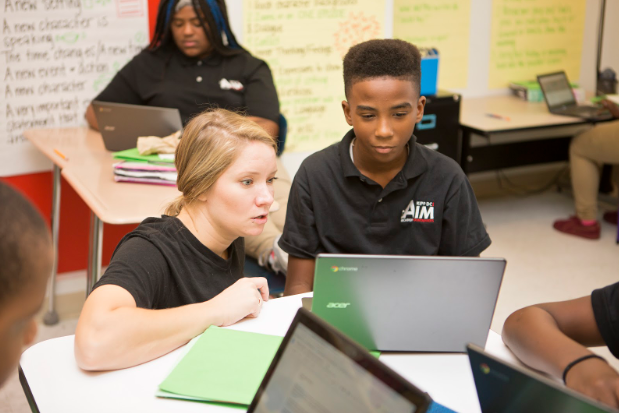
Ashleigh has been teaching middle school literacy in Washington, DC for the last eight years. She currently teaches 7th and 8th grade Writing in Southeast DC and leads her school’s Project LIT chapter. She is lifelong learner and book nerd who is always trying to up her educator game. Ashleigh is a fierce advocate for giving kids voice, choice, and access to books that are both culturally affirming and representative as well as books and learning experiences that create a culture of curiosity and disruption of the status quo. You can most often find her nerding out on Twitter (@betweenmargins) and from time to time on Instagram (@betweenmargins).


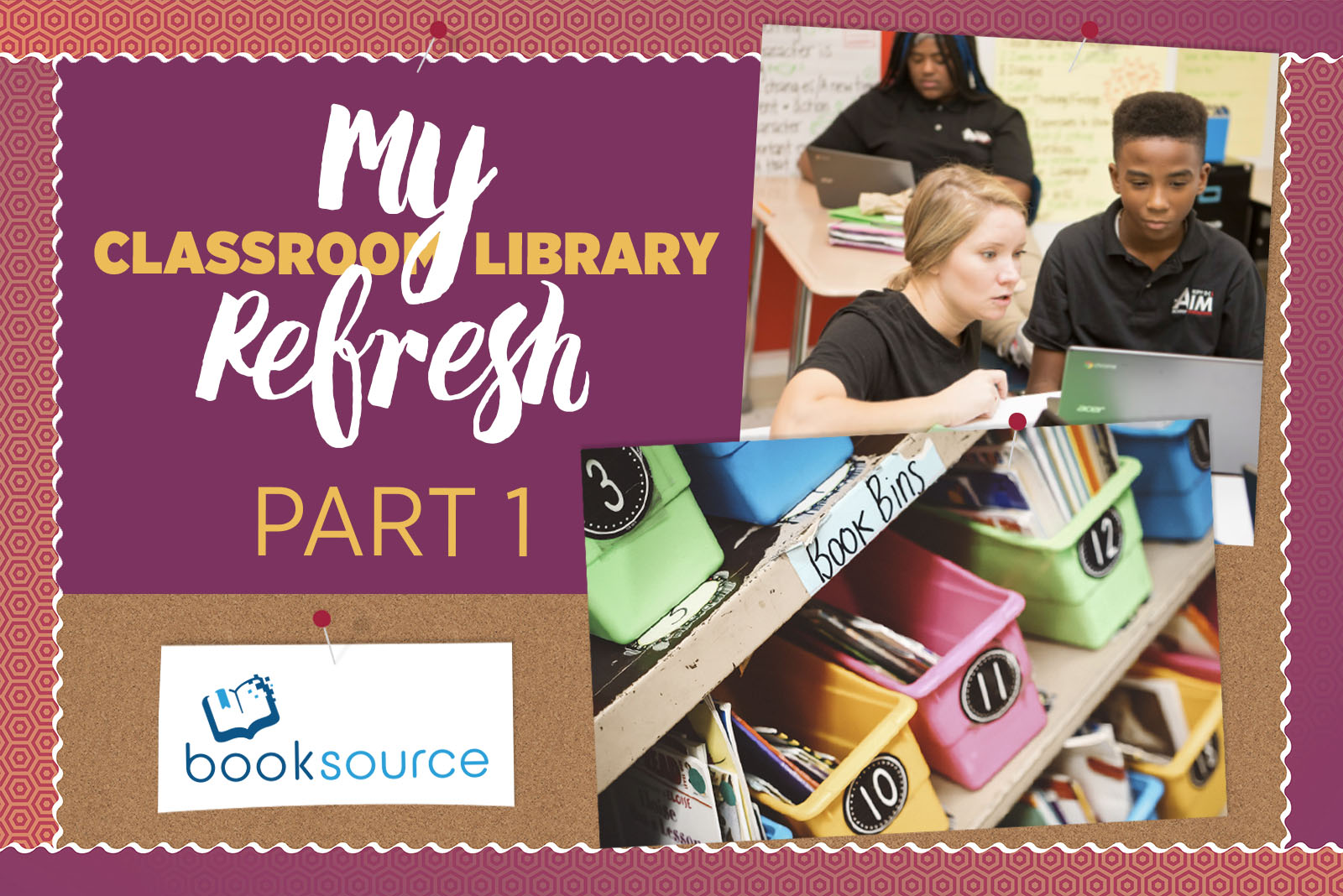
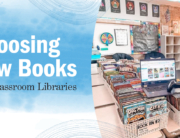
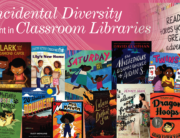

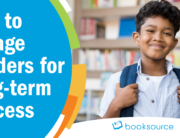
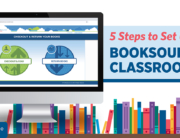
[…] Previous By Booksource|2019-10-02T10:52:43-05:00October 1st, 2019|Classroom Library Resources|0 Comments […]
Fountas and Pinnell NEVER recommended setting up classroom libraries by level. All of their resources reference organizing classroom libraries by interest, authors, genres, etc. Students should have say in what books should be in their class library and how the books are organized. I’m glad this teacher had an ‘aha’ moment.
[…] third post in her series. To see how and why she got started, be sure to read her first two posts, Part 1: Why My Kids “Couldn’t” Find Any Good Books in Our Classroom Library and Part 2: How to Renovate Your Classroom Library So Kids Can Find Books They Will […]
[…] Thanks to teacher Ashleigh Rose for sharing her classroom library refresh with us! This is the fourth and final post in her series. Start reading the first three here! […]